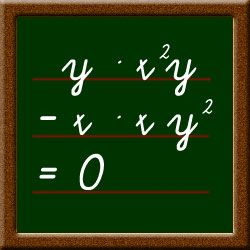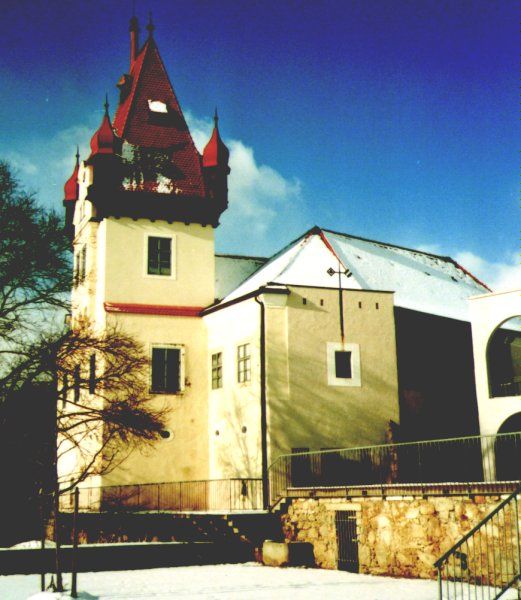 |
|
|
Evaluation |
Special Lectures on Algebraic Analysis
Algebraic analysis, successively pioneered in the seventies by V.P. Palamodov, M. Kashiwara and B. Malgrange, is the differential module counterpart of the formal theory of systems of partial differential equations developped by D.C. Spencer at the same moment. In some sense, it is the intrinsic/coordinate free continuation of the effective algorithmic works of M. Janet in 1920 and W. Groebner in 1940. The purpose of this self-contained lecture is to provide a survey of the latest applications to the study of control systems defined by systems of linear partial differential (PD) equations. In particular, we shall prove that the well known "Kalman form" \dot{y}=Ay+Bu of a classical/ordinary differential (OD) control system where u is the input, y the output and A,B are constant matrices, is nothing else than a very particular case of the "Spencer form" existing for PD/multidimensional control systems. This result, which is essential for the study of controllability, is also the starting point of the totally new concept of "purity" where Groebner bases play an important part and that we now sketch. A measurement apparatus only measures a scalar linear combination of the control variables and their derivatives, called "observable". This is particularly clear in gasdynamics or magnetohydrodynamics (pressure, temperature, one component of speed or electromagnetic field). Now, any given observable may be "free", if it does not satisfy any decoupling OD/PD equations by itself or, on the contrary, may be "constrained" by at least one but may be many OD/PD equations. The problem is therefore to classify the observables in a related manner, in particular to call "pure" a control system for which all the possible observables could belong to the same class. Though such a study seems natural, it has never been done as it involves awfully delicate mathematics involving the most sophisticate results of algebraic analysis. As a simple illustration, if y is an unknown and d_1,...,d_n are formal derivatives, writing d_iy=y_i for i=1,...,n, we may consider the system of two PD equations y_{22}=0, y_{12}=0. Then z'=y_1 satisfies z'_2=0 and both y,z' depend on an arbitrary function of one variable. However, z"=y_2 satifies z"_2=0, z"_1=0 , then z" only depends on one arbitrary constant and the system is not pure. We hope this lecture will open new directions of research for using Groebner bases and related topics. BIBLIOGRAPHY: 1)J.-F. Pommaret: Partial Differential Control Theory, Kluwer, 2001, 2 vol., 100pp. 2)J.-F. Pommaret: Algebraic analysis of control systems defined by systems of partial differential equations, in Advanced Topics in Control Systems Theory, Springer Lecture Notes in Control and Information Sciences 311, Chapter 5, Springer, 2005,p 155-223. |
 Castle of Hagenberg: the site of RISC |
||
| Information | Application | Program | Location | Bibliography | Knowledge | Service | Links | |||